The drive-in theater was more than just a place to watch movies—it was a cultural institution that defined summer nights and teenage romance for an entire generation. From the moment you turned into that gravel lot with the giant screen looming ahead, you entered a world with its own unwritten rules, sacred rituals, and social hierarchies that couldn’t be learned from any manual. These outdoor movie palaces created shared experiences that bonded communities together, turning simple film screenings into elaborate social events that required as much preparation and strategy as the movies themselves provided entertainment.
1. The Great Speaker Hunt and Hang Ritual

Every car had to find the perfect spot where the metal speaker post was positioned just right to reach your driver’s side window without stretching the cord to its breaking point. The heavy speakers had to be carefully lifted and hung on the partially rolled-down window, with the weight distributed properly to avoid cracking the glass or straining the mounting hook. Finding a speaker that actually worked required testing several posts, as many were broken, crackling with static, or completely dead from weather damage and teenage abuse.
The sound quality was never great, but everyone accepted the tinny, metallic audio as part of the authentic drive-in experience that couldn’t be replicated anywhere else. Couples learned to share one speaker between two cars when parking side by side, creating an excuse for intimate conversations during quiet movie moments. The ritual of unhooking and carefully replacing the speaker at the end of the night was as important as any other part of the evening, with responsible patrons making sure everything was properly returned before heading home.
2. Backing Into Your Parking Spot Like a Pro
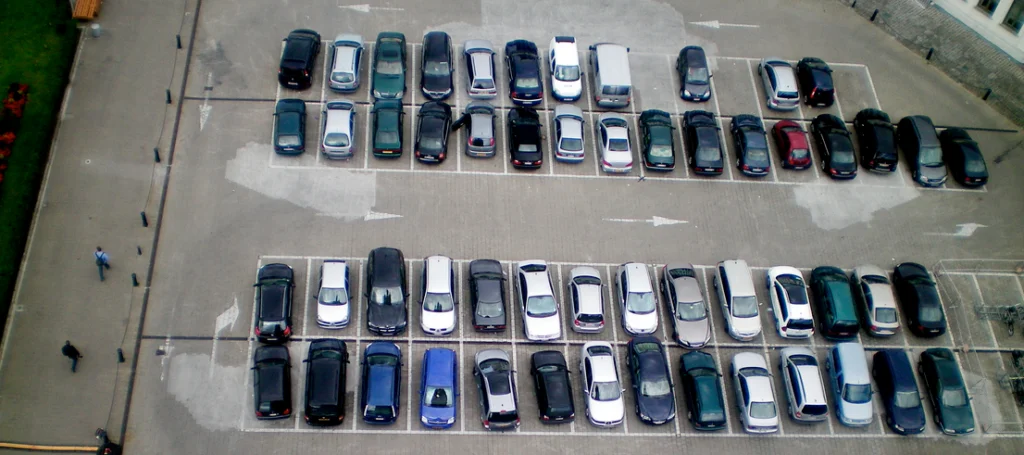
Experienced drive-in veterans always backed into their parking spaces, creating the perfect setup for tailgate parties, romantic encounters, and quick getaways when the second feature got boring. This backing technique required skill and practice, especially in the dark with only other cars’ headlights providing illumination for the parking maneuver. Getting the angle just right meant your passengers could see the screen clearly while still having access to the trunk for snacks, blankets, and other essential supplies.
The best spots were claimed early by families who understood drive-in geography, positioning themselves on the gentle slopes that provided optimal viewing angles without neck strain. Cars with low profiles had advantages over tall vehicles, and everyone knew which sections to avoid if you didn’t want your view blocked by station wagons or pickup trucks. The parking lot social hierarchy was established by arrival time and vehicle positioning, with prime real estate going to those who planned ahead and arrived before the sun went down.
3. Smuggling Snacks in Every Conceivable Hiding Place

The concession stand prices were outrageous even by 1960s standards, so families became expert smugglers, hiding homemade popcorn in purses, tucking candy bars into jacket pockets, and stashing soda bottles under car seats. Mothers would prepare elaborate picnic spreads that rivaled restaurant meals, all carefully concealed until the lights dimmed and the contraband could be safely revealed. The trunk became a mobile pantry filled with everything from fried chicken to homemade cookies, turning every movie night into a family feast.
The most creative smugglers developed elaborate systems involving false bottoms in picnic baskets, hollowed-out books, and specially modified clothing with hidden compartments for candy storage. Kids learned to walk casually past the attendants while carrying enough contraband to stock a small grocery store, perfecting innocent expressions that would make professional con artists proud. The shared conspiracy of sneaking food created family bonding experiences that were often more memorable than the movies themselves, with everyone playing their part in the great concession stand rebellion.
4. Mastering the Art of the Bathroom Run
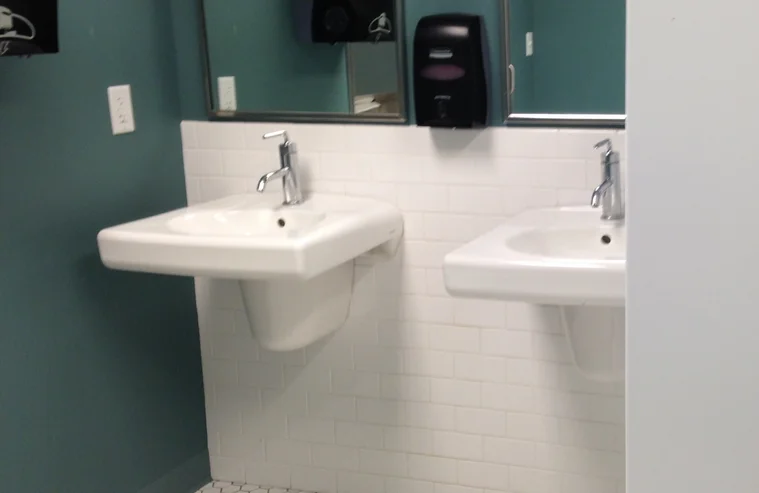
Timing your trip to the concession stand and restrooms required strategic planning worthy of military operations, with families coordinating bathroom breaks during boring dialogue scenes or obvious plot developments. The walk across the gravel lot in the dark was treacherous, with kids learning to navigate between cars, speaker cords, and other obstacles while trying not to trip and embarrass themselves in front of hundreds of other moviegoers. The concession stand became a social hub where neighbors caught up on gossip and teenagers orchestrated chance encounters with their crushes.
These intermission breaks were essential parts of the drive-in experience, providing opportunities to stretch legs cramped from sitting in car seats for hours and to stock up on overpriced snacks that somehow tasted better under the stars. The lines at the restrooms were always longest during the most exciting parts of movies, creating a cruel irony that tested bladder control against plot development. Smart families sent scouts ahead to report back on line lengths and concession stand specials, turning simple bathroom breaks into coordinated family missions.
5. Converting Your Car Into a Mobile Living Room

Station wagons were the luxury boxes of drive-in theaters, with families lowering the tailgate and arranging lawn chairs, blankets, and coolers to create comfortable outdoor seating areas. Kids would spread sleeping bags in the back cargo area, creating cozy nests where they could watch movies while lying down and inevitably falling asleep before the second feature ended. Car windows became strategic elements, rolled down just enough for speaker placement and fresh air circulation without letting in too many mosquitoes.
The most prepared families arrived with elaborate setups that included folding tables, citronella candles, and enough supplies to camp out for the entire double feature experience. Blankets were distributed according to family hierarchy, with the best ones reserved for parents while kids made do with scratchy wool throws or shared coverings. These mobile living rooms created intimate family spaces within the larger community gathering, allowing everyone to enjoy the movies while maintaining their own comfortable territories.
6. The Delicate Dance of Teen Romance Etiquette
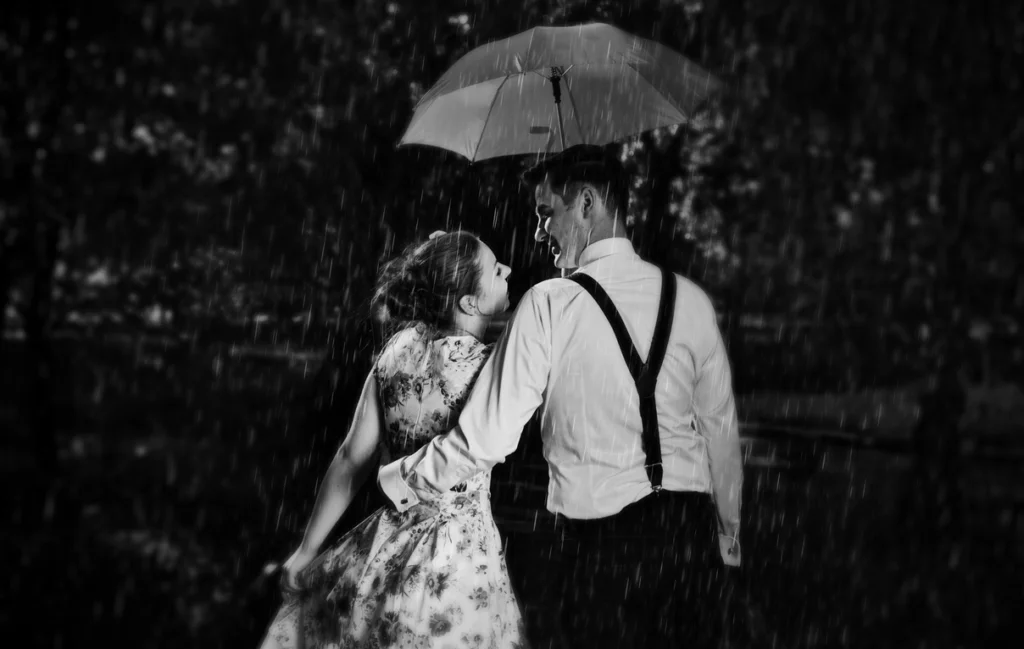
Drive-in theaters were legendary make-out destinations, but the actual romance required careful navigation of family supervision, social expectations, and the practical challenges of car-based courting. Teenage couples developed elaborate strategies for gaining privacy, from choosing seats in darker sections of the lot to timing their romantic moments during action scenes when other moviegoers were distracted. The classic “yawn and stretch” move that ended with an arm around shoulders was practiced until it looked natural and spontaneous.
Parents kept watchful eyes on teenage behavior while pretending to focus on the movies, creating a delicate balance between supervision and allowing age-appropriate independence. The car windows provided just enough privacy for hand-holding and innocent kisses while maintaining visibility that kept things from getting too serious under parental supervision. These drive-in romances became the stuff of legend, with couples returning to the same spots years later to recreate their early dating experiences and share the magic with their own children.
7. The Pajama Tradition for Late-Night Double Features

Kids came dressed in their pajamas for double features that wouldn’t end until well past midnight, with parents accepting that bedtime rules were suspended for special drive-in occasions. The comfort of pajamas made those long hours in car seats more bearable, and the relaxed dress code added to the casual, family-friendly atmosphere that made drive-ins different from indoor theaters. Slippers were essential footwear for late-night bathroom runs across gravel lots, though many kids ended up going barefoot and regretting it later.
These pajama nights created some of the most cherished family memories, with kids feeling grown-up and special for being allowed to stay up late while remaining comfortable in their sleepwear. Parents would pack extra blankets and pillows, transforming car interiors into mobile bedrooms where exhausted children could sleep through second features while parents enjoyed grown-up movies. The sight of pajama-clad families walking across drive-in lots became an iconic image of 1960s Americana, representing a more innocent time when community entertainment brought entire families together.
8. Decoding the Intermission Countdown Clock
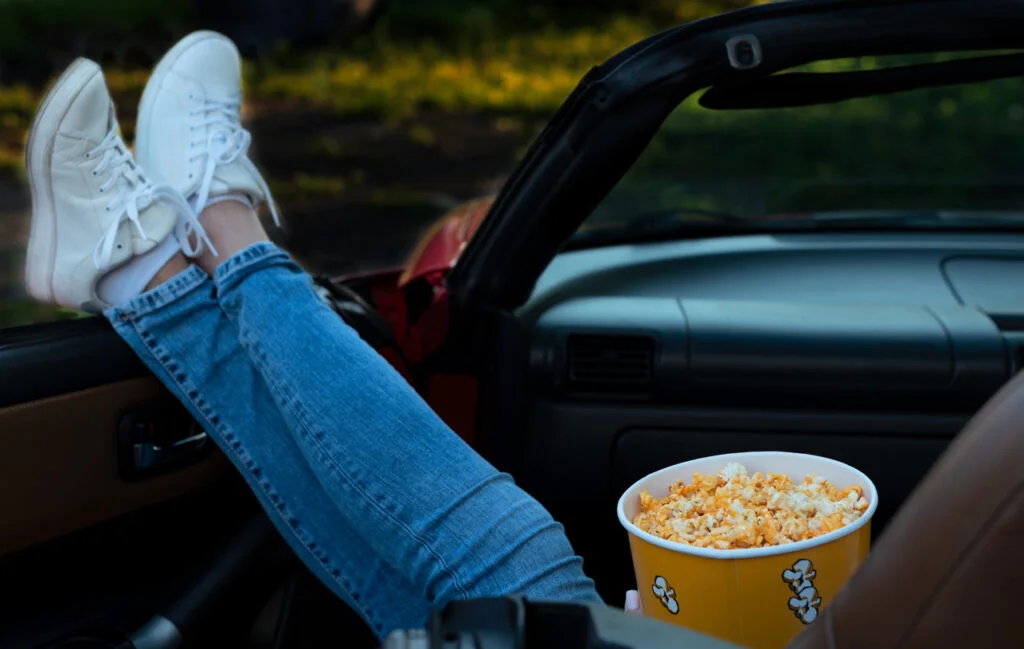
The giant countdown clock that appeared between features was a masterpiece of anticipation, with its slowly diminishing numbers creating urgency for concession stand runs, bathroom breaks, and car-to-car socializing. Everyone learned to read the clock’s timing perfectly, knowing exactly how long they had for various missions and when to start heading back to avoid missing the opening credits. The clock became a community timekeeper that synchronized hundreds of individual family schedules into one collective rhythm.
Those final minutes before the clock reached zero created a palpable excitement throughout the entire drive-in, with car doors slamming, engines starting, and families settling back into their positions for the next movie. Kids would make bets about whether they could complete one more trip to the playground before the countdown ended, turning the intermission into its own form of entertainment. The clock’s neon glow provided the only consistent lighting in the lot, serving as a beacon that guided moviegoers back to their cars and marked the transition between social time and movie time.
9. The Playground Politics Before Showtime
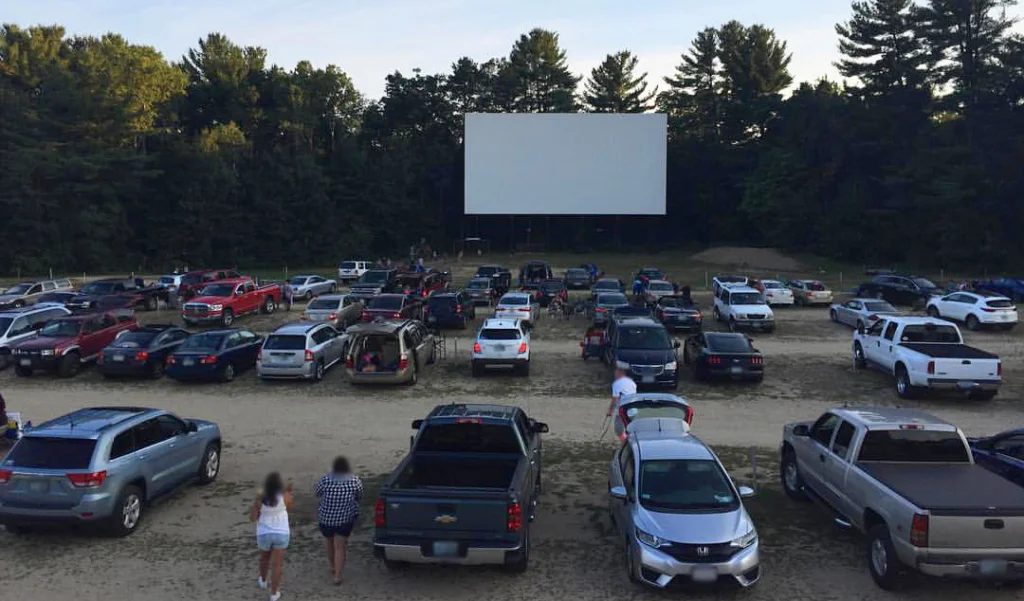
The playground equipment beneath the giant screen became a miniature society where kids from different families mixed, played, and established temporary friendships that lasted exactly as long as the movie runtime. Parents would release their children to burn off energy before the sun went down, knowing that tired kids were more likely to sit still during the actual movies. The swings, seesaws, and monkey bars provided entertainment that bridged the gap between arrival and showtime, creating a carnival atmosphere that enhanced the overall drive-in experience.
These playground interactions often determined seating arrangements when families with children would cluster together, creating informal communities within the larger drive-in population. Kids would run between cars during intermissions, maintaining friendships that existed only in the context of drive-in culture and created anticipation for return visits. The playground served as a social mixer that broke down barriers between families, with parents striking up conversations while watching their children play together under the gradually darkening sky.
10. Weather Watching and the Gamble of Outdoor Entertainment

Every drive-in visit began with careful attention to weather forecasts, though families often attended anyway and hoped for the best, armed with umbrellas, rain coats, and contingency plans. The threat of rain added excitement to every movie night, with audiences collectively willing the clouds to pass by without opening up and ruining the evening’s entertainment. When light rain did start, the most dedicated moviegoers would continue watching through partially fogged windshields, turning weather challenges into part of the adventure.
Sudden storms created some of the most memorable drive-in experiences, with families huddled in their cars listening to thunder compete with movie soundtracks while lightning provided dramatic special effects. The communal experience of weathering storms together bonded strangers into temporary communities, with helpful neighbors sharing tarps, jumper cables, and moral support when needed. These weather adventures became family legends, with stories of the night it rained during “The Sound of Music” or the tornado warning that interrupted the horror double feature told and retold for decades.
11. The Complex Social Hierarchy of Arrival Times

Arriving too early meant sitting through endless previews and advertisements, but arriving too late meant settling for terrible parking spots with obstructed views and broken speakers. The optimal arrival time was a closely guarded secret that varied by drive-in location, season, and movie popularity, requiring local knowledge that took years to perfect. Regular customers developed relationships with attendants who might hold good spots or provide insider information about which sections had the best sound equipment.
The parking lot social dynamics were complex, with unwritten rules about saving spaces, appropriate distances between cars, and respect for established territories claimed by longtime patrons. Families who attended regularly were recognized and welcomed into the drive-in community, while newcomers had to prove themselves worthy of acceptance through proper etiquette and adherence to traditional protocols. These social hierarchies created a sense of belonging and continuity that made each drive-in feel like a neighborhood gathering place with its own distinct personality and culture.
12. The Bittersweet Ritual of Packing Up and Heading Home
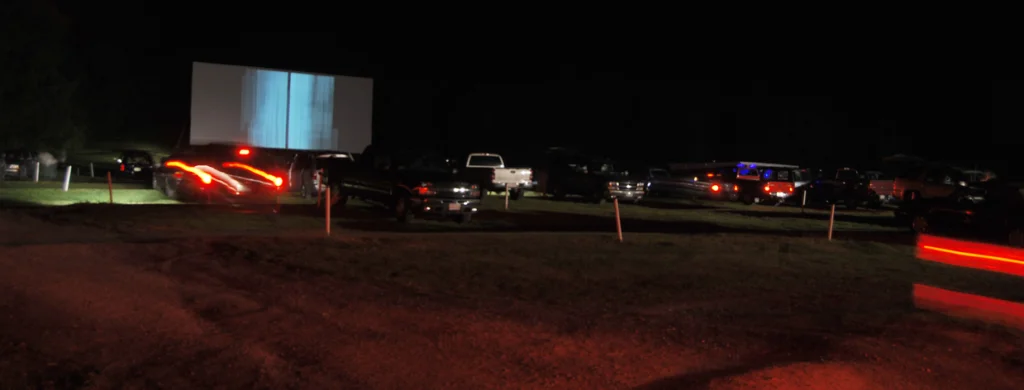
The end of every drive-in evening brought the melancholy task of cleaning up the elaborate family settlements that had been created for the night’s entertainment. Kids would be roused from sleep in car backseats, wrapped in blankets, and transferred to more comfortable positions for the ride home, often sleeping through the entire packing process. Parents would quietly gather scattered belongings, fold lawn chairs, and restore their vehicles to normal transportation mode while trying not to wake exhausted children.
The drive home was always quieter than the excited journey to the drive-in, with families processing the evening’s entertainment and already planning their next visit while navigating dark country roads. Car radios would be turned low to avoid waking sleeping passengers, and parents would share quiet conversations about the movies, the other families they’d encountered, and whether the evening had been worth the effort and expense. These peaceful rides home completed the drive-in ritual, transitioning families from the magical outdoor theater experience back to their regular lives while carrying memories that would last for decades.
The drive-in theater was never just about the movies—it was about community, family bonding, and shared experiences that created lasting memories for everyone who participated in this uniquely American form of entertainment. Those summer nights under the stars, surrounded by hundreds of other families all sharing the same simple pleasure of watching movies outdoors, represented a time when entertainment was a community event rather than an individual activity. We may have gained convenience and comfort with modern theaters, but we lost something irreplaceable when those giant screens came down and the speaker posts were removed, taking with them a piece of Americana that existed nowhere else in the world.
This story 12 Drive-In Movie Rituals from the ’60s You Had to Be There to Understand was first published on Takes Me Back.


